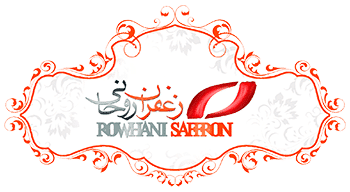The beginning of red gold harvest in the desert of Iran
Yazd province, with 423 hectares of area under cultivation of rhubarb and a yield of more than 11 tons per hectare, is in the first place in the production of this industrial plant.
Farjam Fazel, director of agriculture of Yazd Jihad Agricultural Organization, stated: This province, with the harvest of 2474 tons of rhubarb per year and the yield of 11 thousand and 78 kg per hectare, has the first rank of production of this product in the country.
He stated that the time of sowing rhubarb seeds is mid-March to late April and the time of sowing its roots is November to March and said: the time of harvesting this crop is September to November of the third to fourth year of our sowing. , The harvesting operation is done with special shovels.
Referring to the applications of ronas, Fazel said: This plant is used in food, dyeing, pharmaceutical, cosmetic industries, and abrasive ronas is generally used for dyeing wool and fluff and preparing carpet lacquer, as well as stabilizing some other colors from straw and Pomegranate and walnut skins are obtained and consumed, but sometimes rhubarb is used to make smoked fish and to paint the walls of homes and workshops.
The director of Jihad Keshavarzi of the province announced that the buyers of worn-out rhubarb in Yazd province were mostly traders from Isfahan, Kashani, Urmia, Kermani, Yazdi and Shirazi and said: this product to more than 10 countries, including Germany, Italy, England, Turkey, Exported to India, Qatar, France and Pakistan.
He said about Ronas becoming famous for its red gold among the people of the desert: This plant has become famous for its red gold due to its adaptation to the salt water and soil of the desert and also its favorable economic efficiency among the people of Ardakan. Little attention to this industrial plant can play a significant role in job creation and economic prosperity in the region.
Ronas is one of the agricultural products whose cultivation in the country these days is almost exclusively limited to Ardakan and Bafgh. Due to the presence of a pigment and a pigment called Alizarin in its roots, which plays an important role in the production of natural dyes, this plant has been considered by the owners of the country’s textile and handmade industries since ancient times.







Get Social